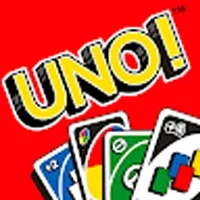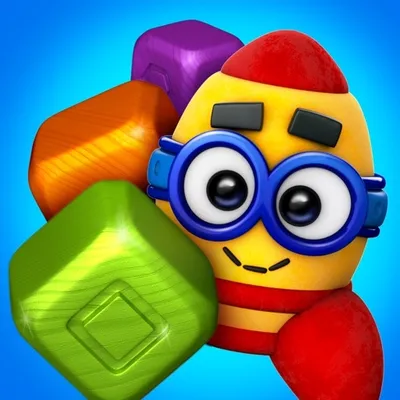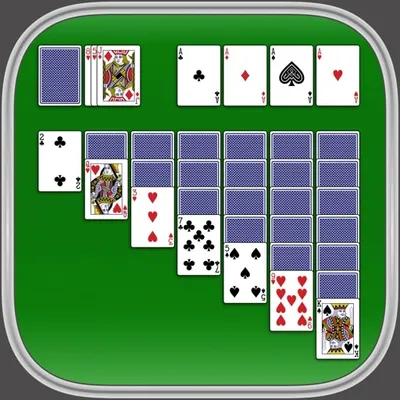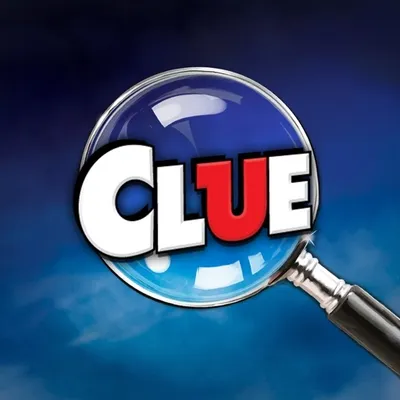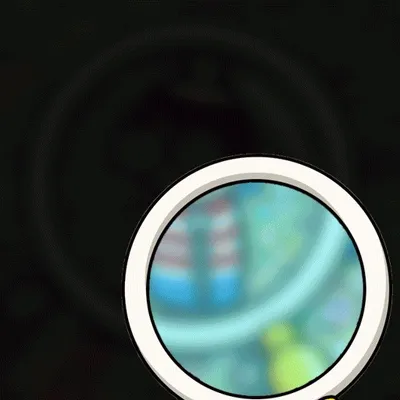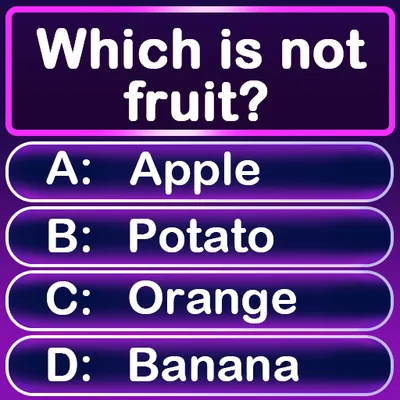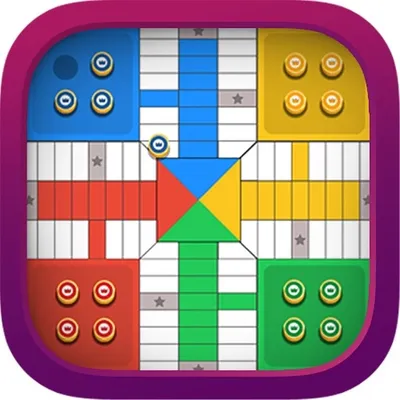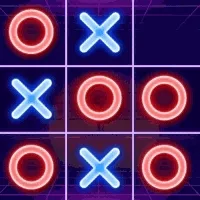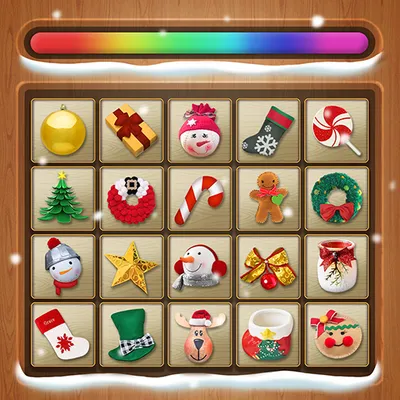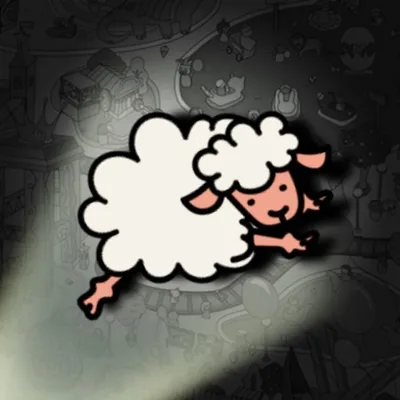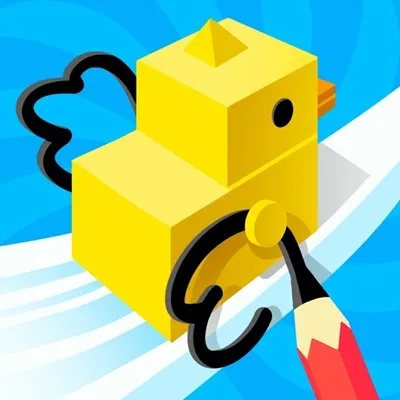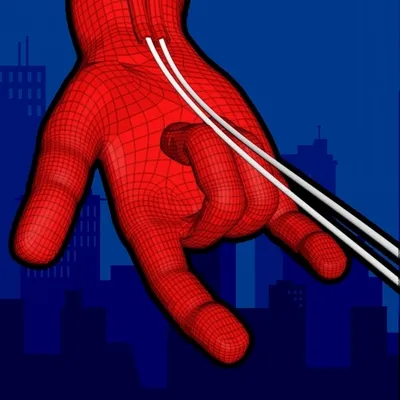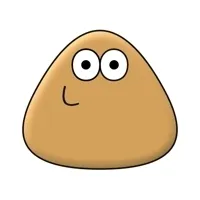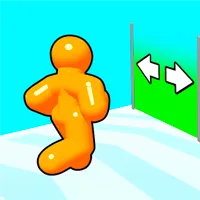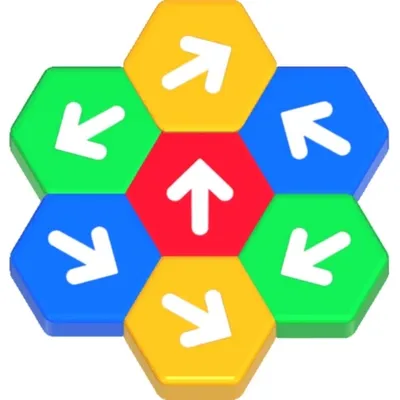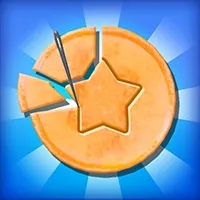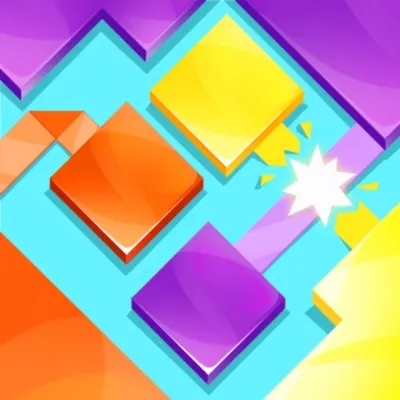wnoo!
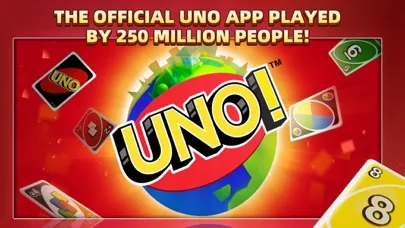
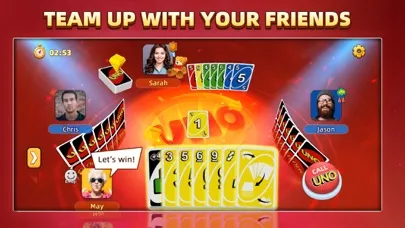
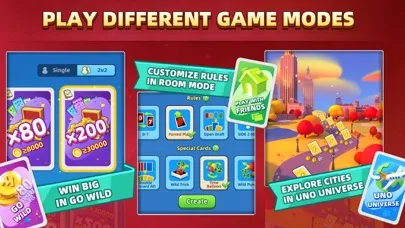


The Enduring Popularity of UNO!TM Card Game
The card game UNO!TM has established itself as a beloved choice for players across age groups. Since its inception in 1971 by Merle Robbins, UNO!TM has become a staple during gatherings with friends, family, and game nights. Its straightforward rules, rapid gameplay, and unpredictable elements are well-known for keeping participants engaged and entertained.
In UNO!TM, the primary goal is to shed all your cards before the other players. Participants take turns matching a card from their hand to the one placed at the top of the discard pile, either by color, number, or special action. The game features a vibrant deck of cards, each designed uniquely and representing different actions or effects.
The game promotes rapid decision-making, a mix of luck, and quick thinking. Suitable for both intimate gatherings and larger parties, it accommodates 2 to 10 players. Its continued popularity stems from its accessibility to individuals of all ages and skill levels. Learning and playing the game is refreshingly straightforward.
Beyond the classic version of UNO!TM, there are numerous themed adaptations and unique decks that spotlight popular media celebrities. These variations add an extra layer of excitement and adaptiveness to the game, making it potentially endlessly engaging.
Whether you are a seasoned UNO!TM enthusiast or a newcomer, the game promises an enjoyable experience that fosters social interaction, ignites friendly competition, and creates lasting memories. So gather your friends, shuffle the cards, and embark on your UNO!TM adventure!
How to Play UNO!™: Rules and Guidelines
Setup: Begin by shuffling the UNO!™ card deck and dealing seven cards to each participant. Place the rest of the cards face down to create the draw pile. Flip the top card of this pile face up to initiate the discard pile.
Starting Player: The player seated to the dealer's left will take the first turn. Play continues in a clockwise direction.
Matching Cards: On your turn, match a card from your hand to the one on the top of the discard pile. Matches can be made based on color, number, or special action.
Special Cards: The UNO!™ deck includes various special action cards. A Skip card, for instance, causes the next player's turn to be skipped, while a Reverse card changes the direction of play. A Draw Two card requires the following player to pick up two cards and forfeit their turn. Special cards can be played regardless of whether you have a matching color or number.
Drawing Cards: If you are unable to make a play on your turn, draw one card from the draw pile. If the drawn card can be played, you may do so immediately; if not, the turn passes to the next player.
Calling UNO!™: When you are down to your final card, you must say "UNO!" as a warning to the other players. If another player notices that you failed to declare it, you will incur a penalty of drawing two cards.
Winning: The first player to play all of their cards claims victory for that round. The remaining players tally the total value of the cards left in their hands for scoring purposes. The game continues until one player achieves a predetermined score, typically set at 500 points.
Scoring: At the conclusion of each round, the victor earns points based on the number of cards still held by the other players. Numbered cards are worth their face value (i.e., a card marked 5 scores 5 points), whereas special cards like Skip, Reverse, and Draw Two are valued at 20 points each. Wild and Wild Draw Four cards carry a worth of 50 points apiece. Points are collected and added to the winning player’s total.
New Round: Following the point tally, a new round commences. The player to the left of the previous dealer becomes the new dealer, and the cards are reshuffled and dealt once more. Gameplay persists until a player reaches the agreed-upon score, usually 500 points, to declare overall game victory.
Optional Rules: UNO!™ allows for several optional rules that players may choose to incorporate or omit based on their preferences. Some frequently adopted optional rules include:
Stacking: If a player plays a Draw Two or Wild Draw Four card, the succeeding player can place the same card to "stack" the penalty on the next participant. For example, should the initial player use a Draw Two, the next can also play a Draw Two, compelling the following player to draw four cards and miss their turn.
Jump-In: If you possess the exact card currently in play, you may play it immediately, regardless of whose turn it is. This rule can help to prevent opponents from completing their turns successfully.

